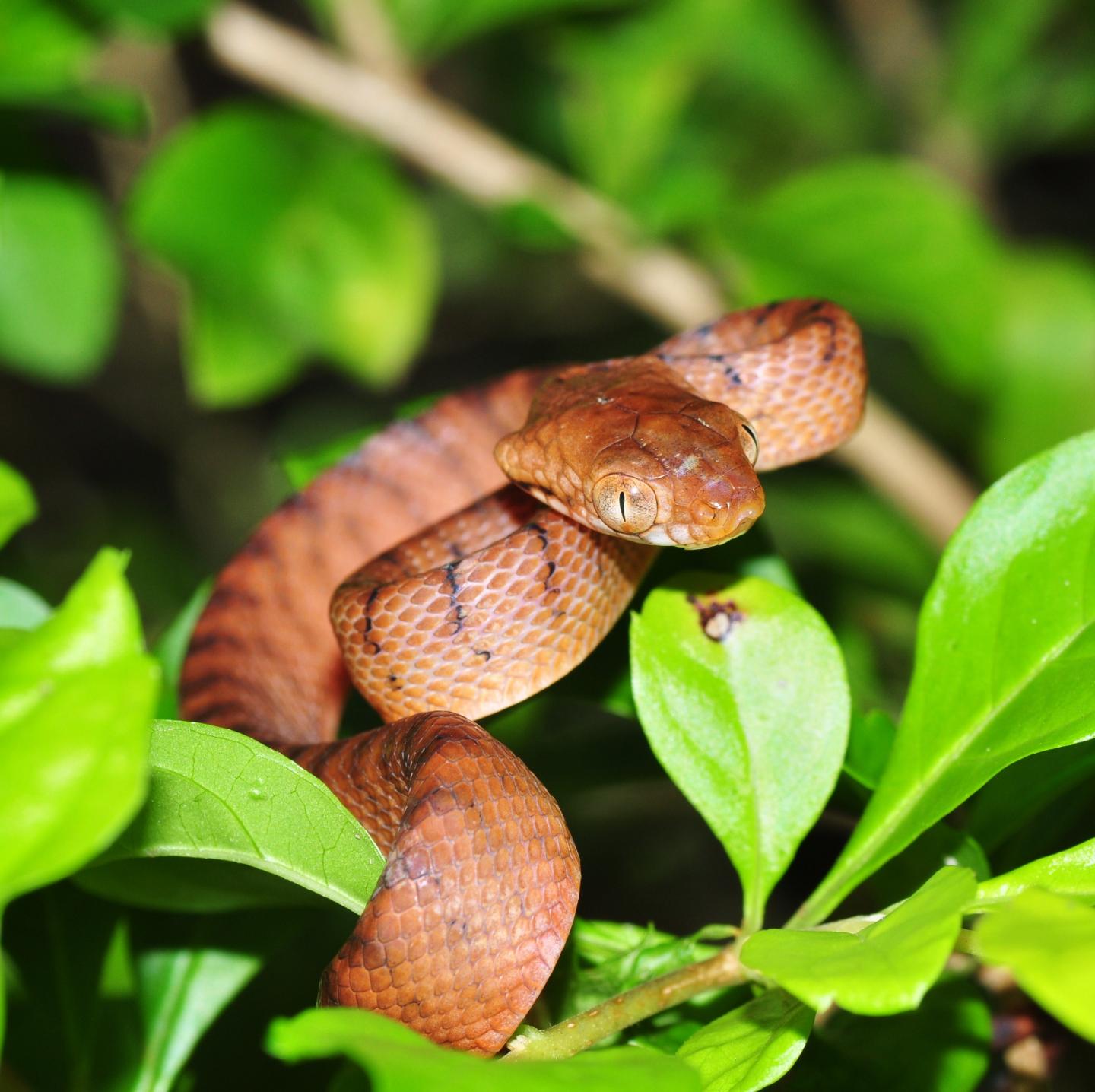Alien species are the main driver of recent extinctions in both animals and plants, according to a new study by UCL researchers.

Credit: P Krillow
Alien species are the main driver of recent extinctions in both animals and plants, according to a new study by UCL researchers.
They found that since 1500, alien species have been solely responsible for 126 extinctions, 13% of the total number studied.
Of 953 global extinctions, 300 happened in some part because of alien species, and of those 300, 42% had alien species alone listed as the cause of their demise.
The study, published today in Frontiers in Ecology and the Environment, used data from the 2017 IUCN Red List on the total numbers of species that are considered to have gone extinct globally since 1500.
In total, 261 out of 782 animal species (33.4%) and 39 out of 153 plant species (25.5%) listed aliens as one of their extinction drivers. In contrast, native species impacts were associated with only 2.7% of animal extinctions and 4.6% of plant extinctions.
“Some people have suggested that aliens are no more likely than native species to cause species to disappear in the current global extinction crisis, but our analysis shows that aliens are much more of a problem in this regard,” said lead researcher Professor Tim Blackburn (UCL Biosciences).
“Our study provides a new line of evidence showing that the biogeographical origin of a species matters for its impacts. The invasion of an alien species is often enough to cause native species to go extinct, whereas we found no evidence for native species being the sole driver of extinction of other natives in any case.”
The IUCN Red List identifies 12 broad categories of extinction drivers, including alien species, native species, biological resource use (hunting and harvesting) and agriculture. Alien species ranked first as a driver of animal extinctions, well ahead of the second place driver, biological resource use, which affected 18.8% of those lost.
Overall, the number of animal extinctions caused in some part by alien species is more than 12 times greater than those caused in part by native species.
Some of the worst offenders are mammalian predators, such as black, brown and Pacific rats and feral cats, with island habitats hit the hardest. Some of these animals first invaded by stowing away on boats, though some, like cats and foxes, have been introduced deliberately.
Many plants were also intentionally introduced, such as plantation tree species or ornamental plants for gardens. Once in place, they start to spread and threaten the native flora and fauna around them; alien plants are several times more likely than natives to achieve a maximum cover of at least 80%.
The origin of some species is unknown, so Professor Blackburn and his team assumed these were native for the study. “However,” he said, “it is more likely that they are alien. Our results are therefore conservative in terms of the extent to which we implicate alien species in extinction. Also, many regions of the world have not been well studied, and there are likely to be further extinctions that haven’t been captured in these data.”
The research team believes better biosecurity is needed to prevent future invasions, and in many cases measures to control or even eradicate alien species must be considered.
###
Notes to editor
For more information or to speak to those involved, please contact: Tash Payne, UCL Media Relations. T: +44 (0)20 3108 9243, E: [email protected]
Tim M Blackburn, Céline Bellard and Anthony Ricciardi, ‘Alien versus native species as drivers of recent extinctions’ will be published in Frontiers in Ecology and the Environment on Monday 4 March 2019, 00.01 UK time and is under a strict embargo until this time.
The DOI for this paper will be http://dx.
Additional material
https:/
https:/
https:/
About UCL (University College London)
UCL was founded in 1826. We were the first English university established after Oxford and Cambridge, the first to open up university education to those previously excluded from it, and the first to provide systematic teaching of law, architecture and medicine. We are among the world’s top universities, as reflected by performance in a range of international rankings and tables. UCL currently has over 41,500 students from 150 countries and over 12,500 staff.
http://www.
Media Contact
Tash Payne
[email protected]
Related Journal Article
http://dx.




